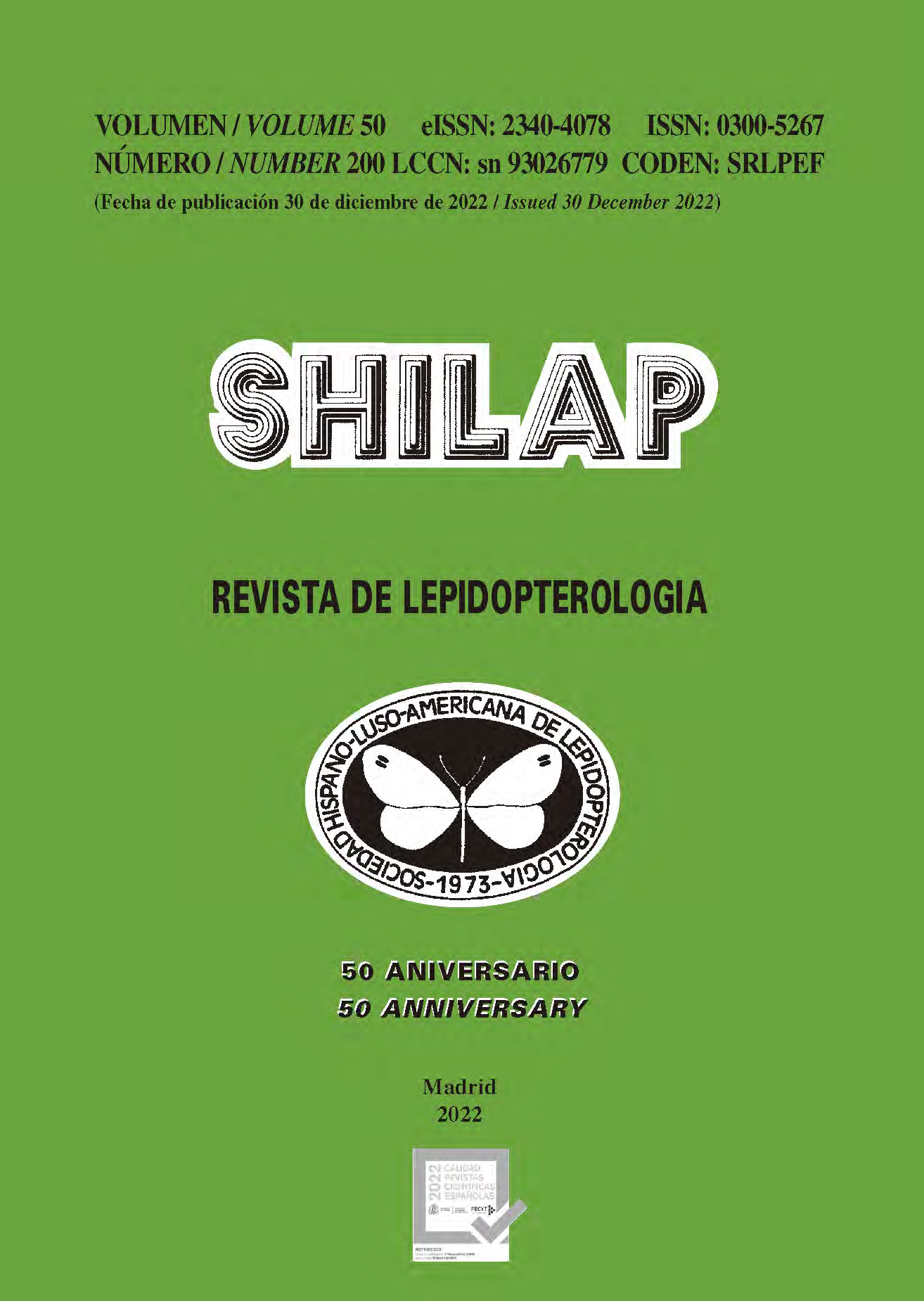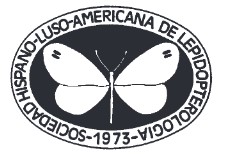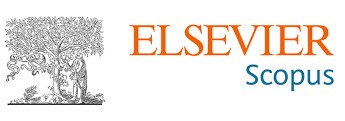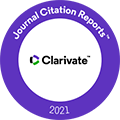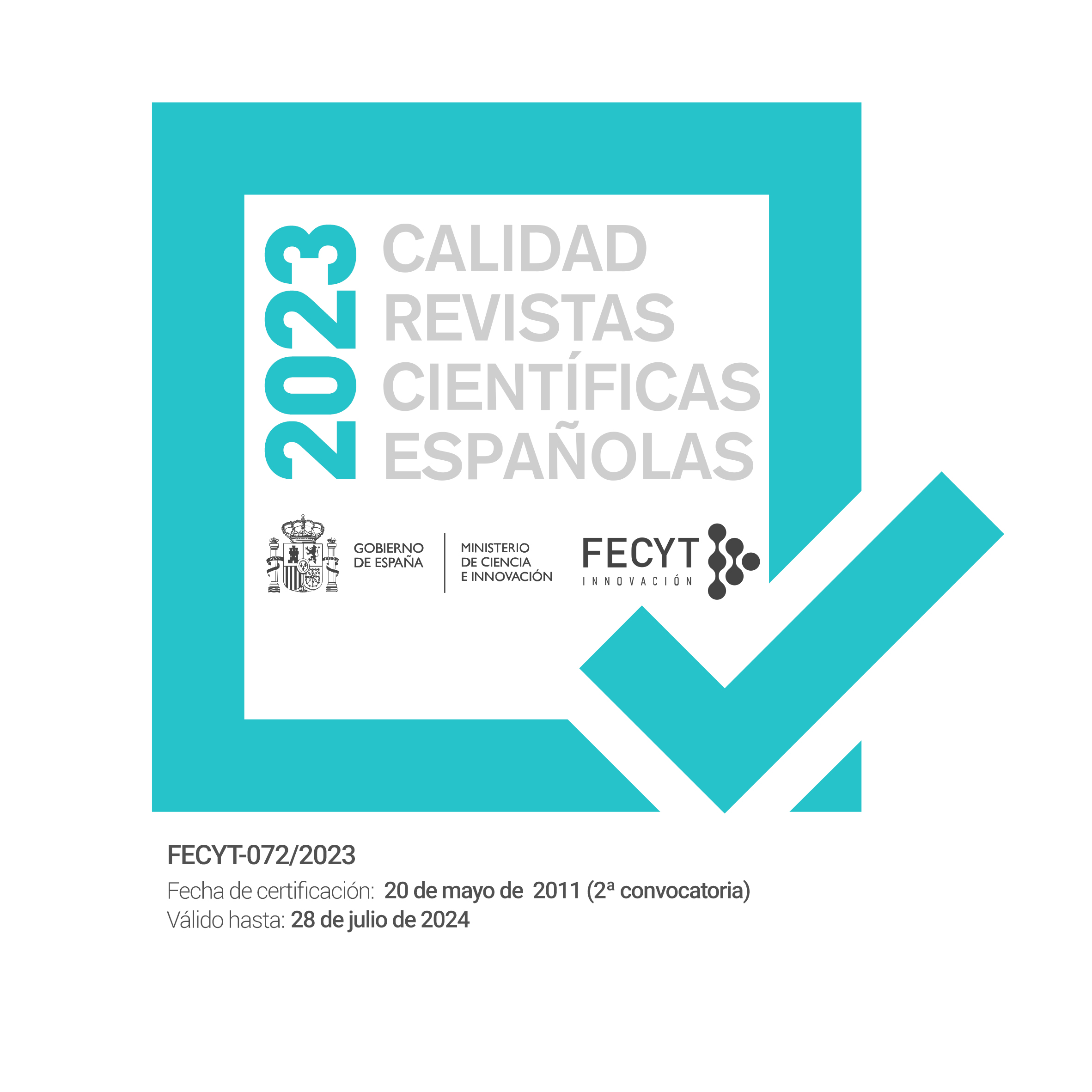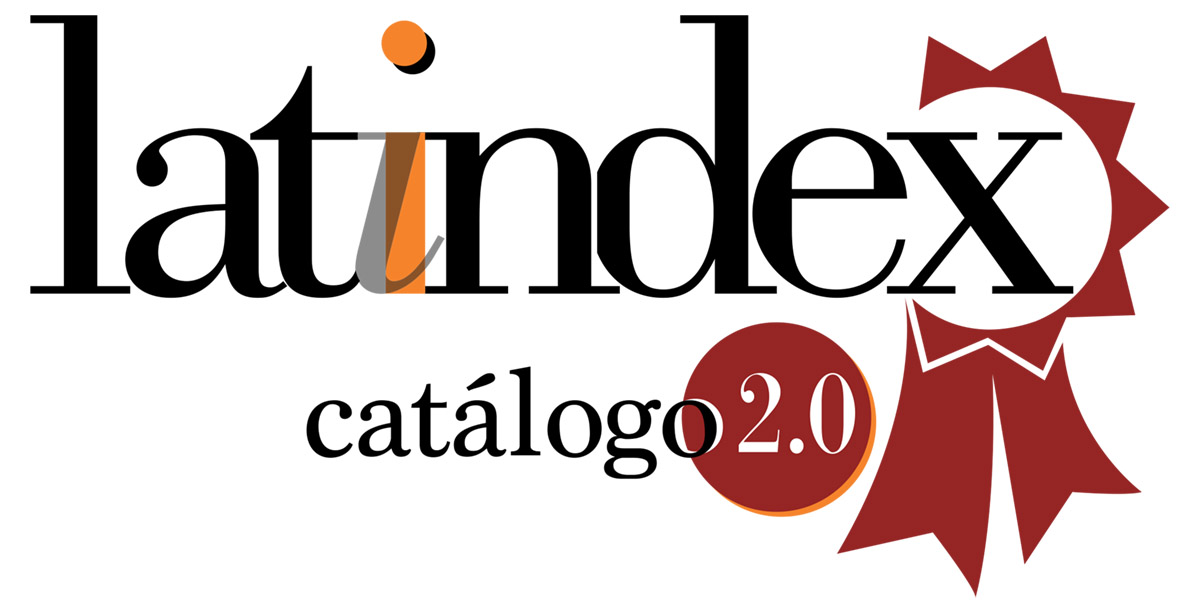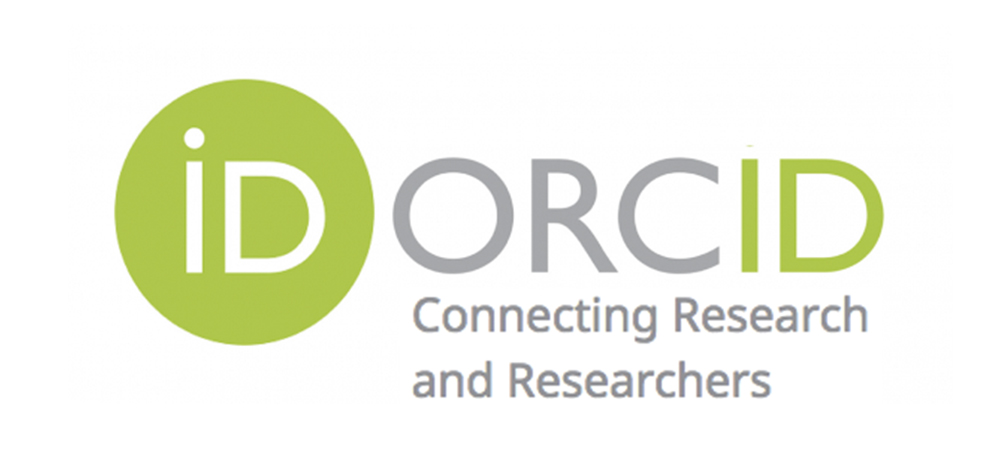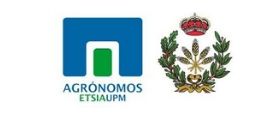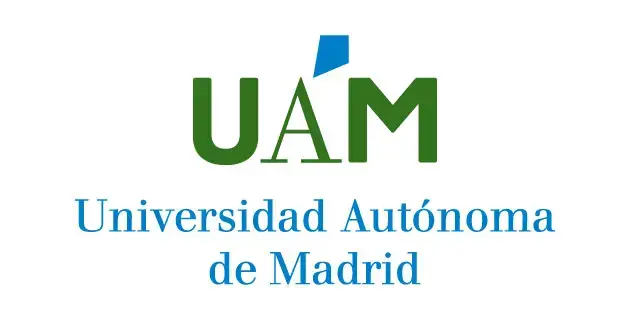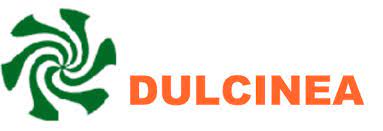New distributional record of Heterocera from Andaman and Nicobar Islands with six new additions to Indian Lepidoptera Fauna (Insecta: Lepidoptera)
DOI:
https://doi.org/10.57065/shilap.274Schlagworte:
Insecta, Lepidoptera, biodiversity, distribution, new records, Andaman and Nicorbar Islands, IndiaAbstract
This paper reports six species of Heterocera belonging to family Geometridae, Notodontidae, Euteliidae, and Noctuidae viz. Probithia imprimata (Walker, 1861), Ruttellerona pseudocessaria Holloway, 1994, Amraica solivagaria (Walker, 1866), Phalera sundana Holloway, 1982, Paectes psaliphora Hampson, 1912 and Iambia lyricalis Holloway, 1989. The species stated above have been collected from different islands of Andaman and Nicobar archipelago. Furthermore, the study reveals new contributions to India’s Lepidoptera fauna. Microphotographs of Adult genitalia along with species diagnosis, habitat, and the new distributional data from these islands are provided.
Downloads
Globale Statistiken ℹ️
|
465
Aufrufe
|
299
Downloads
|
|
764
Gesamt
|
|
Literaturhinweise
Barlow, H. S. (1982). An Introduction to the Moths of South East Asia. Malayan Nature Society.
Chandra, K., Mazumder, A., Sanyal, A. K., Ash, A., Bandyopadhyay, U., Mallick, K., & Raha, A. (2018). Catalogue of Indian Notodontidae Stephens, 1829 (Lepidoptera: Noctuoidea). Zootaxa, 4505(1), 1-84. DOI: https://doi.org/10.11646/zootaxa.4505.1.1
De Prins, J., & De Prins, W. (2011). Global taxonomic database of Gracillariidae (Lepidoptera). http://www.gracillariidae.net
Ganeshaiah, K. N., Sanjappa, M., Rao, R., Murugan, C., & Shivaprakash, K. N. (2019). Spatial distribution pattern of taxonomic and phylogenetic diversity of woody flora in Andaman and Nicobar Islands, India. Forest Ecosystems, 6(38), 1-14. DOI: https://doi.org/10.1186/s40663-019-0196-9
Holloway, J. D. (1989). The moths of Borneo: Family Noctuidae, trifine subfamilies: Noctuinae, Heliothinae, Hadeninae, Acronictinae, Amphipyrinae, Agaristinae. Malayan Nature Journal, 42(2-3), 57-228, 171 pls.
Holloway, J. D. (1994). The moths of Borneo: Family Geometridae, subfamily Ennominae [The Moths of Borneo, Part 11]. Malayan Nature Journal, 47, 1-19.
Holloway, J. D. (1982). Taxonomic Appendix. In H. S. Barlow (ed.). An Introduction to the Moths of South East Asia. Malayan Nature Society.
Holloway, J. D. (1985). Moths of Borneo: Family Noctuidae: Subfamilies Euteliinae, Stictopterinae, Plusiinae, Pantheinae, part 14. Malayan Nature Journal, 38, 157-317.
Holloway, J. D. (1993). The moths of Borneo: Family Geometridae, subfamily Ennominae; Part 11. Malayan Nature Journal, 47, 1-309, 19 plates.
Jiang, N., Sato, R., & Han, H. (2012). One new and one newly recorded species of the genus Amraica Moore, 1888 (Lepidoptera: Geometridae: Ennominae) from China, with diagnoses of the Chinese species. Entomological Science, 15(2), 219-231. DOI: https://doi.org/10.1111/j.1479-8298.2011.00507.x
Kirti, J. S., Chandra, K., Saxena, A., & Singh, N. (2019). Geometrid Moths of India. Nature Books India.
Krupnick, G. A., & Kress, W. J. (2003). Hotspots and ecoregions: A test of conservation priorities using taxonomic data. Biodiversity & Conservation, 12(11), 2237-2253. DOI: https://doi.org/10.1023/A:1024582529645
Mohanraj, P., & Veenakumari, K. (2011). Butterflies of the Andaman and Nicobar Islands: history of collection and checklist. Zootaxa, 3050, 1-36. DOI: https://doi.org/10.11646/zootaxa.3050.1.1
Nayar, M. P. (1996). Hot Spot of Endemic Plants of India, Nepal and Bhutan. Tropical Botanic Garden and Research Institute.
Parsons, M. S., Scoble, M. J., Honey, H. R., Pitkin, L. M., & Pitkin, R. B. (1999). The catalogue. In M. J. Scoble (ed.). Geometrid Moths of the World: A Catalogue (Lepidoptera, Geometridae). CSIRO Publishing.
Poole, R. W. (1989). Lepidopterorum Catalogus. Noctuidae (Vol. 118). E. J. Brill/Flora Fauna Publications.
Prasad, P. R., Sringeswara, A. N., Reddy, C. S., Nagabhatla, N., Rajan, K. S., Giriraj, A., Murthy, M. S. R., Raza, S. H., & Dutt, C. B. H. (2009). Assessment of forest fragmentation and species diversity in North Andaman Islands (India): A geospatial approach. International Journal of Ecology and Development, 14(F09), 33-46. DOI: https://doi.org/10.2478/v10120-009-0006-0
Robinson, G. S., Tuck, K. R., & Shaffer, M. (1994). Field guide to the smaller moths of South-East Asia. The Natural History Museum.
Shashank, P., & Benedek, B. (2020). New records of Noctuid moths (Lepidoptera, Noctuidae) from India, Bhutan, and China. Journal of Insect Biodiversity, 20(1), 26-34. DOI: https://doi.org/10.12976/jib/2020.20.1.4
Stojanoviæ, D., Æurèiæ, S., Stanisavljeviæ, L., & Orloviæ, S. (2014). New and rare moth species (Insecta: Lepidoptera) from Serbia. North-Western Journal of Zoology, 10(2), 318-324.
Wikramanayake, E. D., Dinerstein, E., & Loucks, C. J. (2002). Terrestrial Ecoregions of the Indo-Pacific: A Conservation Assessment (Vol. 3). Island Press.
Veröffentlicht
Zitationsvorschlag
Ausgabe
Rubrik
Lizenz
Copyright (c) 2022 B. Sumit Kumar Rao, Chandrakasan Sivaperuman

Dieses Werk steht unter der Lizenz Creative Commons Namensnennung 4.0 International.
Der Autor behält sich seine Marken- und Patentrechte an allen in diesem Artikel enthaltenen Verfahren und Prozessen vor.
Der Autor behält sich das Recht vor, den im SHILAP Revista de lepidopterología veröffentlichten Artikel zu teilen, zu verbreiten, aufzuführen und öffentlich zu kommunizieren, mit der anfänglicher Anerkennung der Veröffentlichung im SHILAP Revista de lepidopterología.
Der Autor behält sich das Recht auf eine spätere Veröffentlichung seiner Arbeit vor, von der Verwendung des Artikels bis hin zur Veröffentlichung in einem Buch, vorausgesetzt, er weist auf die Erstveröffentlichung im SHILAP Revista de lepidopterología hin.
Jeder Einreichung für das SHILAP Revista de lepidopterología muss eine Anerkennung des Urheberrechts und eine Bestätigung der Autorenschaft beigefügt sein. Mit ihrer Annahme behalten die Autoren das Urheberrecht an ihrer Arbeit und erklären sich damit einverstanden, dass der Artikel, wenn er von SHILAP Revista de lepidopterología zur Veröffentlichung angenommen wird, für die Nutzung und Verbreitung unter einer "Creative Commons Attribution 4.0 International" (CC BY 4.0)-Lizenz lizenziert wird, die es Dritten erlaubt, den Inhalt für jeden Zweck zu teilen und zu bearbeiten, wobei das Originalwerk angemessen zu erwähnen ist.
Eine informative Version und den Rechtstext der Lizenz finden Sie hier. Der Hinweis auf die CC BY 4.0-Lizenz muss erforderlichenfalls ausdrücklich auf diese Weise erfolgen.
Ab 2022 ist der Inhalt der gedruckten und digitalen Version unter einer "Creative Commons Attibution 4.0 International" (CC BY 4.0) -Lizenz lizenziert wird, die es Dritten erlaubt, den Inhalt für jeden Zweck zu teilen und zu bearbeiten, wobei das Originalwerk angemessen zu erwähnen ist.
Frühere Inhalte der Zeitschrift wurden unter einer herkömmlichen Urheberrechtslizenz veröffentlicht; das Archiv ist jedoch frei zugänglich.
Ao utilizar o conteúdo do SHILAP Revista de lepidopterología publicado antes do ano 2022, incluindo figuras, tabelas ou qualquer outro material em formato impresso ou eletrónico pertencem aos autores dos artigos, os autores devem obter a autorização do detentor dos direitos de autor. As responsabilidades legais, financeiras e criminais a este respeito pertencem ao(s) autor(es).
In Anwendung des Prioritätsprinzips des Internationalen Kodex der Zoologischen Nomenklatur darf keine andere als die vom Herausgeber veröffentlichte Version in Repositorien, persönlichen Websites oder ähnlichem hinterlegt werden.
